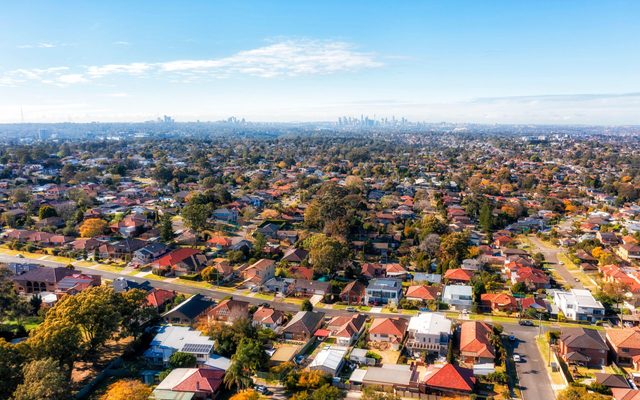This article is from the Australian Property Journal archive
ONLY two cities – Zurich and Tokyo – remain in the housing bubble risk category, as a global surge in inflation and interest rates lead to price correction across major markets around the world, according to UBS.
The 2023 edition of the UBS Global Real Estate Bubble Index analysed 25 major cities around the world and found real house prices declined 5% on average between mid-2022 to mid-2023 – after rising 10% in the previous year.
The global surge in inflation and interest rates over the past two years has led to a sharp decline in imbalances in the housing markets, as a result on two cities – Zurich and Tokyo – remain in the bubble risk category, down from nine cities a year ago.
The other cities Toronto, Frankfurt, Munich, Hong Kong, Vancouver, Amsterdam, and Tel Aviv have moved from bubble risk to overvalued territory joining existing cities Miami, Geneva, Los Angeles, London, Stockholm, Paris, and Sydney.
New York, Boston, San Francisco, and Madrid also experienced a drop in imbalances and now rated fairly valued, joining Milan, São Paulo, and Warsaw.
Surprisingly, Singapore and Dubai, despite their reputation as geopolitical safe havens which recently triggered a surge in demand for both renting and buying, also remain in the fairly valued territory.
UBS Global wealth management head of real estate Claudio Saputelli observed that on average the cities lost most of the real price gains made during the pandemic and are now close to mid-2020 levels again.
In Frankfurt and Toronto – the two cities with the highest risk scores in last year’s edition – real prices tumbled by 15% in the last four quarters. A combination of high market valuations and relatively short mortgage terms also put prices under strong pressure in Stockholm and to a lesser degree in Sydney, London, and Vancouver. In contrast, in Madrid, New York, and São Paulo – cities with moderate risk valuations so far – real home prices have continued to rise at a moderate pace.
Saputelli said the sharp drop in imbalances was not only driven by declining house prices but also by inflation-driven income and rental growth. As mortgage lending growth has halved since mid-2022, household debt to income has been declining, especially in Europe. And – apart from the US – nominal rental growth has accelerated markedly and has been positive in all locations analysed.
However, inflation-driven income growth, as well as price corrections, have not been enough to meaningfully improve affordability. On average, the amount of living space that is financially affordable for a skilled service worker is still 40% lower than before the pandemic began. More downside in prices – at least in real terms – is likely if interest rates remain at their current elevated levels.
Housing market imbalances in Tokyo have increased continuously, resulting in the city gradually moving from undervalued into bubble risk territory over the past 20 years, in stark contrast to the rest of the country. Despite declining net immigration and moderately increasing mortgage rates, nominal house price dynamics have not weakened. Hong Kong has constantly been at bubble risk levels since the first edition of this study. After declining 7% between mid-2022 and mid-2023, inflation-adjusted house prices in Hong Kong are back to levels last seen in 2017. Overall, we now see the city in overvalued territory. Singapore’s housing supply could not keep up with strong local and international demand. Real prices have risen by 15% since 2018.
However, this has been put into perspective by rents, which have shot up by roughly 40% in the same period. The housing market in Sydney has been very volatile in recent years, moving in and out of bubble risk territory. Aggressive rate hikes by the Reserve Bank of Australia more recently triggered a new sharp price correction. Inflation-adjusted prices are back to 2018 levels. Chances of further downside are limited, as foreign demand has been improving.




